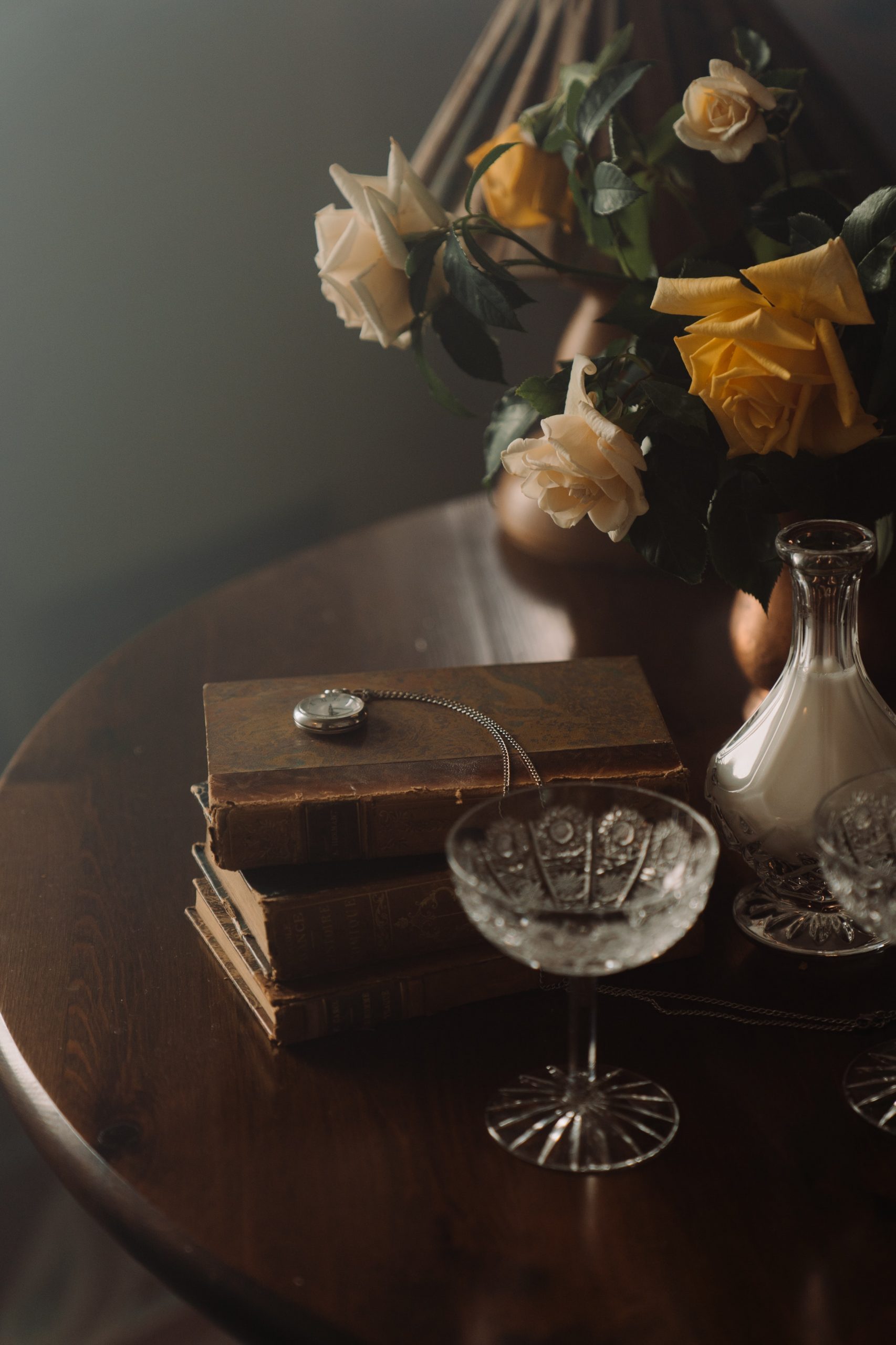BROCODE

A Palastinian elder wearing a brocade turban.
Brocades are finely woven luxury fabrics worn in many parts of the world on ceremonial occasions or as an indication of status. Although the term “brocade” refers to a textile woven with a supplementary weft of the material different to that of ground weft, it is generally used to signify a silk textile with rich figuring worked with gold or silver supplementary weft treads.
Metal thread
It is possible to draw gold and silver out into very fine wire. This wire is wound tightly around a silk or cotton core to produce a thread sufficiently flexible and durable for weaving or embroidery. When metal threads are utilized as supplementary weft threads, they catch the light with a subtle shimmer suffused with mystery and enchantment.
Distribution
Fine brocades are woven in Europe, all over the Muslim world,
and India and South East Asia. The vast majority of the are worked with metal thread, China and parts of South East Asia have a tradition of silk brocades . The opulent and beautiful kinkhab of Benares, India, and the songket of the Indonesian islands of Sumatra and Bali are so complex to set up the intricate system of heddles required.




STRIPWEAVE
It is a widespread practice to sew two separately woven pieces together to make one textile which is too large to be woven in one piece on any available loom. This is the method of construction, for example, of rugs made by the Balouch in Afghanistan or of hinggi mantles woven on Sumba in Indonesia. In a few places textiles are made by sewing together a large number of very narrow strips. Apart from the ghudjeris, or horse blankets, of Uzbekistan virtually all strip weaves are to be found in West Africa. The best known is the kente cloth of Ghana.
Technique
Cloth is woven on double heddle looms in extremely long strips from 4-10 inches wide which are cut into shorter strips and sewn together, selvedge to selvedge. Woollen blankets are woven in Mali, but usual cotton, silk or rayon is used to weave a voluminous toga-like garment for men and a smaller cloth for women.
The strip weave cloths woven in Ghana by the Ashanti and Ewe tribes have checkered appearance This is achieved by alternately weaving a sect)on warp faced, and therefore showing the longitudinal stripes the variously coloured warp threads, and then section warp faced, and therefore showing the longitudinal stripes of the variously colored warp threads, and then section weft faced, which shows as a horizontal band. An extra pair of heddles is used with the warp threads grouped in sixes so different sheds can be opened for weaving the weft faced sections. Supplementary weft floats are used to introduce motifs depicting animals, drums, combs, hands and so on into the warp faced sections.






DOUBLE WEAVE


Any textiles are woven in such a way that the front and back are quite different in appearance. Double weave or double cloth, however, is an unusual technique in which the ‘front’ and ‘back’ are actually woven as independent layers, one above the other, occasionally swapping places to interlink and create a pattern.
Technique
Two sets of warps are set up one above the other and either separate wefts are woven in or one wefts is used for both layers which links them at one selvedge (double width weft) or at both (tubular weave).
With the aid of four or more heddles, the warps are periodically lifted from one level to the other, causing the two layers to change place. As the two layers are composed of different colours or materials, a pattern is created with one face of the fabric the negative of the other.
Uses
Textiles woven in double weave, particularly when made of wool, are thick and warm. They have, therefore, been widely used in cooler climates for shawls, blankets and coverlets.
Distribution
Double weave is a technique in widespread use in Europe and examples can be found Scotland, Spain, Germany, Poland and Italy. The manufacture of traditional blankets continues to be a thriving industry in central Wales. Emigrants took the knowledge of how to make double weave cloth to the New World where it continued to be manufactured by colonists, such as those in Virginia in the USA and Ontario in Canada.
Archaeological excavations in central Peru have shown that double weaves were produced by the Chancay people who thrived between AD 1000 and 1476. The Quecha and Aymara of Ecuador, Bolivia and Peru Continue to produce intricately woven double weave belts and hat bands to this day. In the Punjab and the Pakistan province of Sind, cotton double weave textiles, known as khes, are woven in sections and sewn together and used as bedding.




